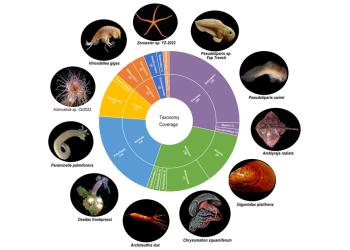Seeing the Unseen
A HKUST research team led by Prof Benzhong Tang,Stephen Kam-chuen Cheong Professor of Science, Chair Professor of Chemistry at HKUST, has discovered new aggregation-induced emission (AIE) materials which could be used for applications in forensic science and bacterial imaging.
The new AIE materials produce fingerprints of much better quality as compared to carbon powder, saving 90 per cent of the time in evidence collection. They also make a more accurate and stable agent in detecting bacterial activities.
Prof Benzhong Tang said AIE gives fingerprints of much better quality and more efficiently than the carbon powder which is now being used by police.
AIE does not involve a transfer. Police can simply take a picture of a fingerprint, which turns fluorescent when stained with the AIE material, then send the image to a smart device for comparison on a database.
“The traditional method is time-consuming, and the quality of the print could be compromised as part of the image may be lost during its transfer to adhesive tape,” Prof Tang said.
According to Prof Tang, AIE also helps enhance the fluorescent period of bacteria, thus making a more accurate and stable agent to detect bacterial activities. The substance is particularly useful in a wide range of sectors including environmental monitoring, medical hygiene, food processing and pharmaceutical quality control.
Click here for further details.










